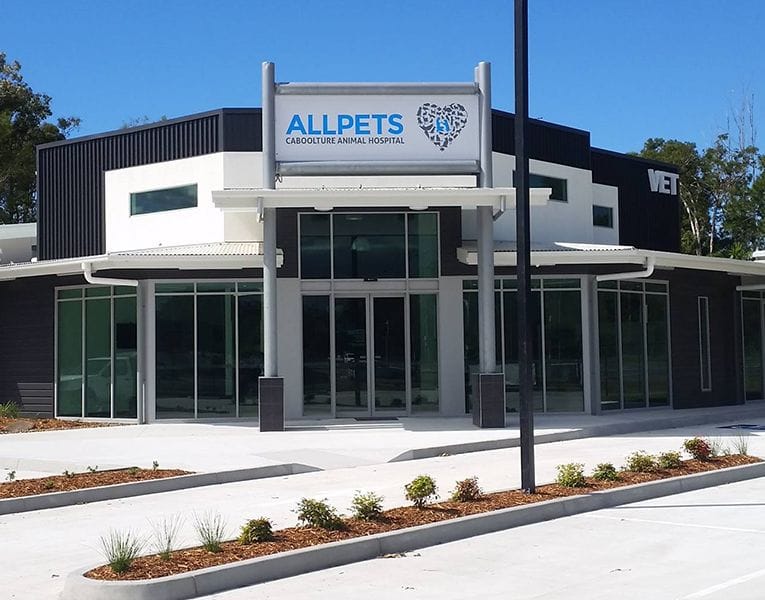How to Walk Your Senior Dog: A Guide to Their Well-being and Happiness
)
As dogs enter their senior years, their needs evolve, but the joy they get from a good walk remains. However, walking an older dog requires some adjustments to ensure their comfort and health. From understanding their physical limitations to making sure they’re mentally stimulated, taking your senior dog for walks can be a heartwarming and beneficial part of their routine. In this blog, we’ll explore how you can adapt your walks for an ageing dog, making sure they stay happy, active, and comfortable for as long as possible.
Start with a Vet Consultation:
Before establishing a walking routine for your senior dog, it’s essential to speak with your vet. At AllPets, we can review your dog’s health history, assess their current physical condition, and identify any concerns that could affect their ability to exercise. Based on this evaluation, we’ll offer tailored advice on the best way to keep your older dog active without overexerting them.
Joint Care and Soft Surfaces:
As dogs age, their joints can become stiff, particularly due to arthritis. To reduce strain on your dog’s joints, opt for walking routes with softer surfaces like grass or smooth paths. Additionally, incorporating joint supplements into their diet can improve mobility and help them enjoy their walks with less discomfort.
Tailoring Walks to Their Energy Levels:
Your senior dog may not be able to handle long, vigorous walks anymore, but that doesn’t mean they can’t still enjoy being active. Instead of lengthy excursions, opt for shorter, more frequent walks. This keeps them engaged without putting too much strain on their ageing bodies. Always prioritise their comfort by paying attention to their energy levels during walks.
Signs to Watch for During Walks:
Keep an eye on your dog’s behaviour while walking. If they start limping, panting excessively, or seem hesitant to continue, these are signs that their current exercise routine may need to be adjusted. By staying attentive to these cues, you can ensure your walks remain enjoyable and safe for your furry friend.
Adapting to Weather Conditions:
Senior dogs are more sensitive to temperature changes, so it’s important to take the weather into account. On hot days, opt for cooler times like early morning or evening to avoid overheating. During colder months, consider dressing your dog in a warm coat to protect them from the cold, especially if they have a thinner coat.
Choosing a Harness for Safety:
Older dogs can benefit from using a harness instead of a traditional collar during walks. A harness helps distribute pressure across their body more evenly, reducing strain on their neck and making the walk more comfortable. This small change can greatly enhance your dog’s walking experience, especially as they age.
Mental Stimulation and Exploration:
Walking isn’t just about physical activity—it’s a great opportunity for mental stimulation too. Allow your senior dog to stop and sniff along the way. Exploring their surroundings keeps their mind sharp and engaged, offering them valuable mental exercise alongside the physical benefits.
Regular Health Check-ups:
As your dog ages, regular vet check-ups become more important. These visits allow you to discuss any changes in your dog’s health or behaviour and make necessary adjustments to their care. Whether it’s updating their diet or managing any new health conditions, these check-ups help ensure your senior dog stays happy and healthy.
Strengthening the Bond:
One of the best parts of walking your older dog is the emotional connection it fosters. Senior dogs cherish the time spent with their owners, and these walks offer the perfect chance to bond. Taking walks at their pace, focusing on their comfort, and enjoying the time together can make these moments deeply rewarding for both you and your dog.
| Tags:DogHealth Advice |



